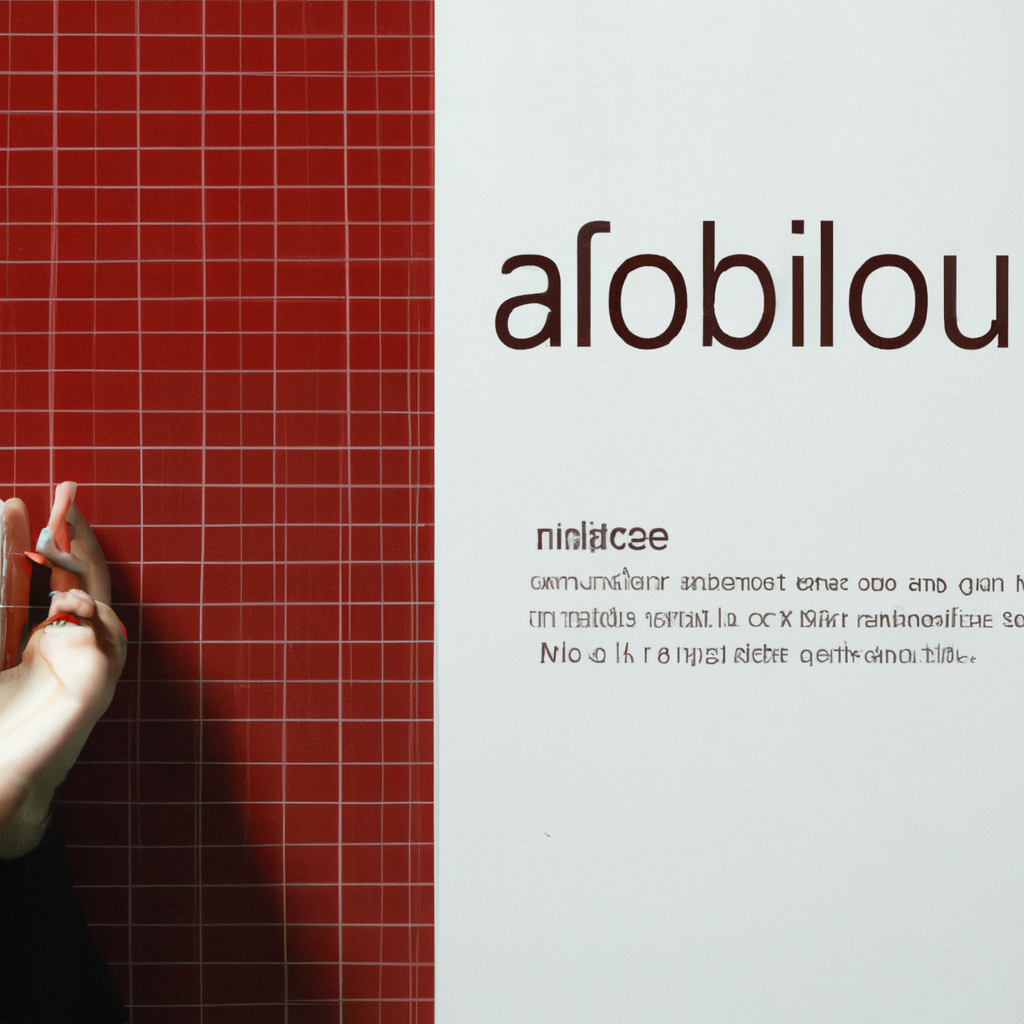In the labyrinthine halls of the art world, provenance or the history of ownership of a work, is more than just a lineage—it is the soul of every piece, imbuing it with historical context and ethical value. The recent scrutiny of the Bührle Foundation’s provenance research has rippled through the art community, unveiling not just the quiet depths of history, but the urgent need for transparency and ethical stewardship in art collections.
The Bührle Foundation, known for its extensive collection of European paintings and sculptures, has long been a beacon of cultural heritage and artistic endeavor. However, an independent report underscores a troubling oversight, revealing that the provenance research conducted by the foundation has been deemed “not sufficient.” Astoundingly, 62 works within the revered collection have been traced back to Jewish owners who were dispossessed during the dire times of the Holocaust.
This revelation is not merely a matter of record-keeping but speaks to a deeper, more pervasive issue. The works of art in question transcend their aesthetic value; they are relics of individual fates and collective histories that were tragically altered or ended during one of history's darkest hours. The lapse in stringent provenance research raises imperative questions about the ethical implications of art collection and curation, urging for a responsible reconciliation with the past.
The art pieces, each a silent witness to their era, must now speak louder than ever. They advocate not only for the rightful recognition of their original owners but also for a broader commitment to justice and historical accuracy in the art community. It is a call that resonates within the marbled walls of museums and private collections alike, urging a reevaluation of the narratives we champion and the legacies we preserve.
The situation presents a pivotal moment for institutions like the Bührle Foundation to lead by example, to enhance their research methodologies and to mend the gaps in the historical tapestry of art ownership. This involves a sophisticated, meticulous examination of acquisition channels, past and present, ensuring that every artwork’s provenance is as clear as the brushstrokes on its surface.
In light of these findings, the foundation faces a dual challenge: addressing the deficiencies in its provenance research and restoring the integrity of its collection. This task, though arduous, is indispensable. It stands as a testament to the power of art in confronting historical wrongs and fostering an informed, ethical appreciation of beauty. As the Bührle Foundation navigates this intricate path, it contributes to a larger dialogue about the moral responsibilities that come with the custodianship of cultural artifacts.
The narrative of each painting and sculpture at the Bührle collection will thus continue to evolve, as it should in any living repository of culture. Through enhanced diligence and a renewed commitment to ethical standards, the foundation can not only rectify historical oversights but also refine the very essence of what it means to harbor and honor art. In a broader sense, it reinforces the role of art institutions as pillars of cultural integrity and ethical leadership in society.

